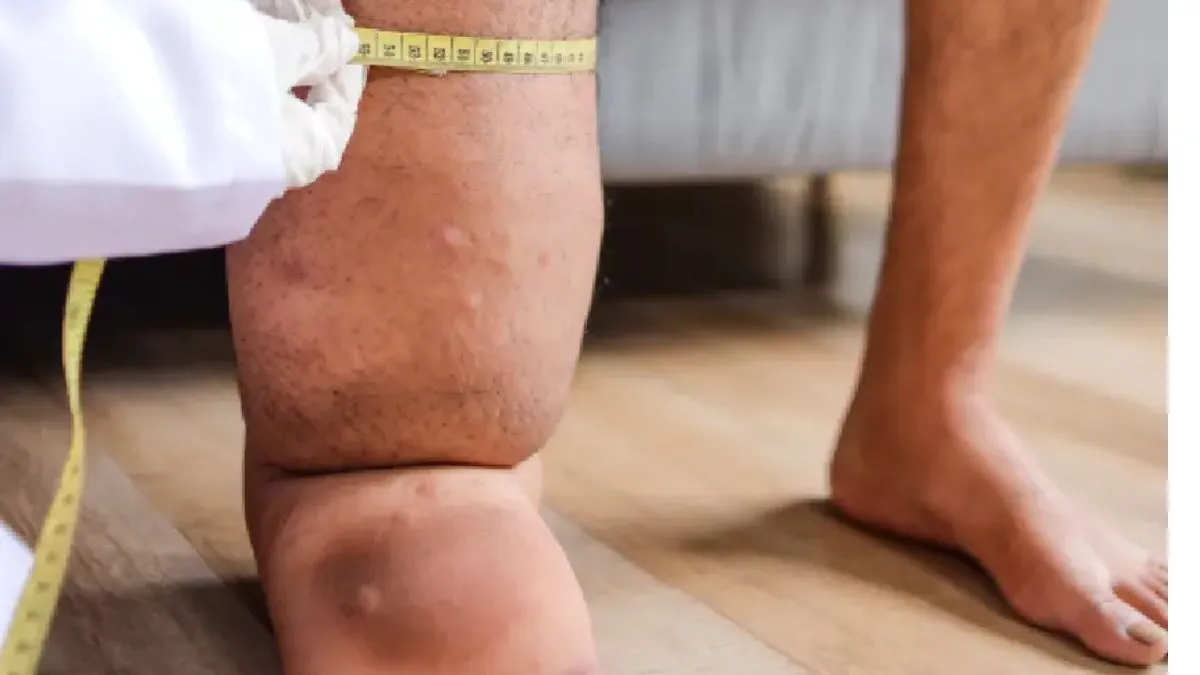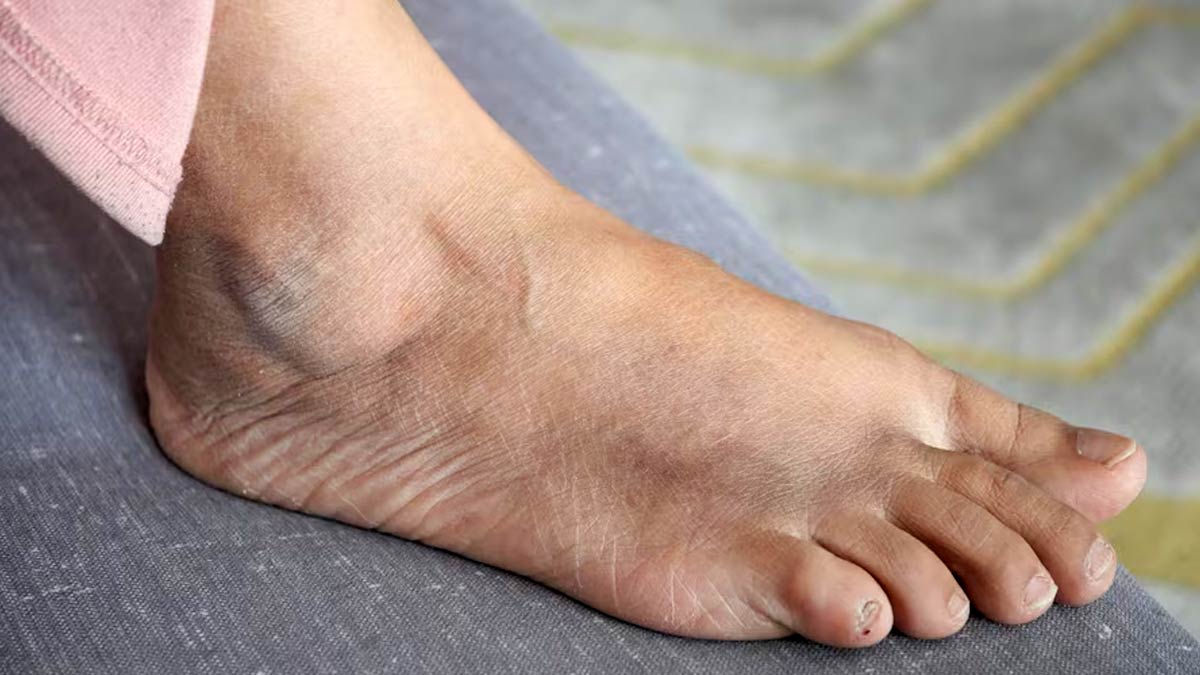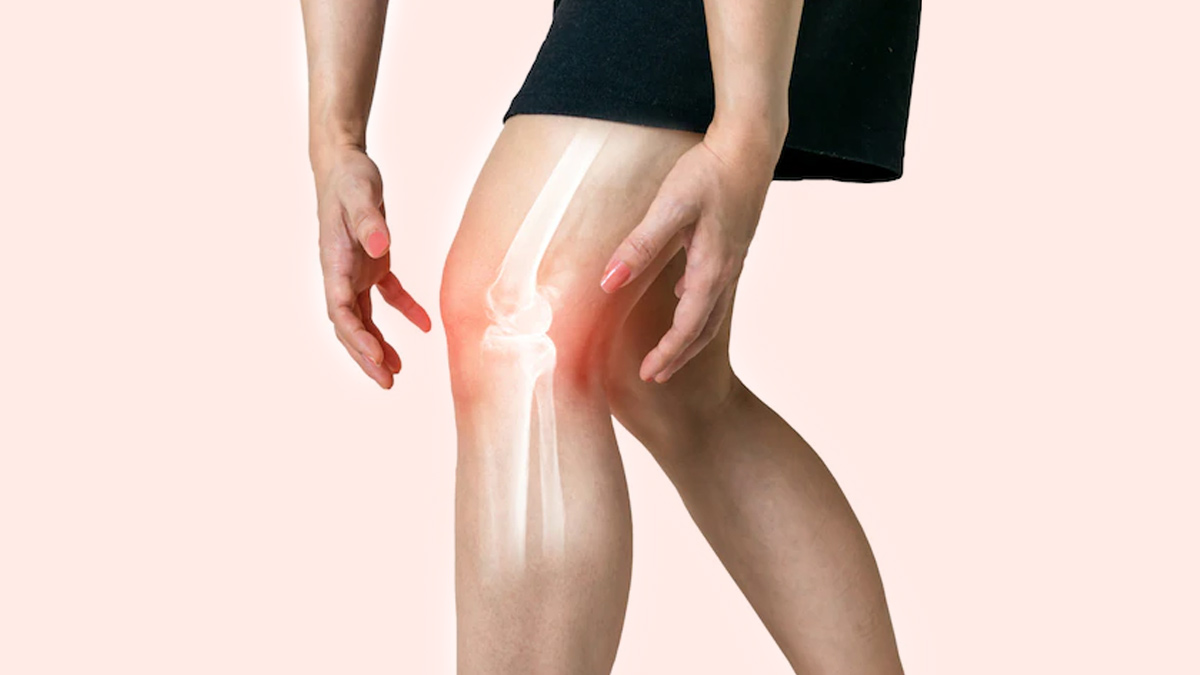
Most people experience some kind of swelling at least once. It may be after a long flight, an injury, or just standing too long on a hot day. Usually, it goes away after a bit of rest or elevating your legs. But when swelling doesn’t go down and your arms or legs start feeling heavy or tight, it might be something more serious than simple fluid retention. It could be lymphedema, a chronic condition linked to your lymphatic system not working as it should. Read ahead to know what this means, what to look for, and when it’s time to see a doctor.
Table of Content:-
When Swelling Is More Than Just Swelling![]()
According to Dr Narender M, Plastic and Cosmetic Surgery Expert, Apollo Spectra Hospital, Bangalore, swelling in the arms or legs can happen for many reasons, like prolonged standing, injuries, or even infections. “Still, it becomes a sign of lymphedema when it persists and feels firm or uncomfortable,” he explains. Early detection, he adds, makes a big difference in how well the condition can be managed.
ALSO READ: Can Swollen Ankles Be A Sign Of Struggling Heart? Doctor Answers
Detecting Lymphedema: What’s Really Happening Inside
Your lymphatic system acts like a drainage network, helping clear out excess fluid and waste from your body tissues. When that system gets blocked or damaged, fluid starts to build up, causing the swelling and heaviness seen in lymphedema.
Dr Narender notes that the condition can develop after cancer treatments, radiation therapy, or surgeries that affect lymph nodes. But that’s not all. It can also stem from infections, trauma, or even genetic factors.
Common signs to watch for include:
- Swelling that starts in one limb and may spread to both arms or legs
- A feeling of tightness or heaviness in the affected area
- Skin that becomes thickened, firm, or less elastic
- Clothing, shoes, or jewellery that suddenly feel tight
- Restricted movement or stiffness
- Dry or discoloured skin in later stages
When swelling lingers even after rest, elevation, or cold compresses, it’s time to seek a medical evaluation. A doctor may use imaging tests and limb measurements to confirm if the cause is lymphedema or another issue, like blood clots or venous insufficiency.
What You Can Do Next![]()
Lymphedema doesn’t have a complete cure yet, but it can be effectively managed, as per Dr Narendra. The goal of treatment is to reduce swelling, improve circulation, and prevent complications. He explains that the treatment options usually include:
- Manual lymphatic drainage (MLD): A gentle form of massage that helps fluid move out of the swollen area.
- Compression therapy: Wearing compression sleeves or stockings to maintain pressure and prevent fluid buildup.
- Exercise routines: Light, regular movements that improve lymph flow without overstraining the body.
- Skin care: Keeping the skin clean and moisturised to reduce infection risk.
Dr Narender advises that people with lymphedema also adopt simple lifestyle habits to control symptoms:
- Avoid wearing tight clothes or accessories.
- Keep your skin and nails clean to avoid infections.
- Maintain a healthy weight.
- Stay active and do gentle exercise to support circulation.
- Avoid heat exposure or saunas, as they can worsen swelling.
What Research Says
A study published in The Lymphology Journal found that early identification and consistent management can significantly reduce swelling and improve limb function in people with lymphedema. The researchers emphasised that combining compression therapy with physical activity offered the best outcomes for long-term control.
ALSO READ: Joint Pain in Your 20s and 30s? It Could Be Early Inflammatory Arthritis
Conclusion
Swelling might not always mean lymphedema but if it sticks around and feels firm or uncomfortable, don’t ignore it. Early diagnosis and timely management can make a world of difference. With regular monitoring, proper care, and some daily adjustments, it’s possible to keep symptoms under control and maintain your quality of life.
Also watch this video
How we keep this article up to date:
We work with experts and keep a close eye on the latest in health and wellness. Whenever there is a new research or helpful information, we update our articles with accurate and useful advice.
Current Version
Oct 14, 2025 20:03 IST
Modified By : Vivek KumarOct 14, 2025 20:02 IST
Published By : Vivek Kumar

